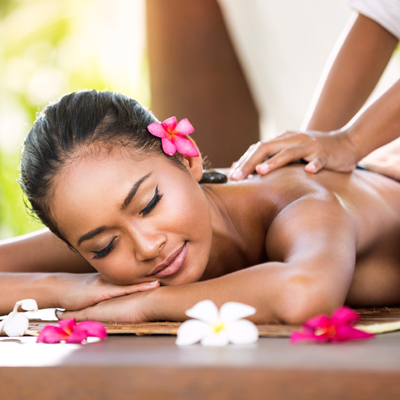If you think about massage, it is likely you be prepared to be considered a passive participant — lying with a blanket as being a masseuse presses and kneads your tight muscles. However, a Thai massage is often a entirely unique experience. Yes, you will find there’s masseuse using his palms to knead parts of your muscles, but you’ll also be twisted, stretched and possess feet, thumbs and fist work your body. Asanas, or yoga poses, are also found in this Eastern massage tradition.
It may change from the massage processes to which you’re accustomed, but Thai massage may be in the same way beneficial — if not more so. The practice promotes positive energy circulation, and that means you feel balanced and rejuvinated. Thai yoga massage has numerous other benefits too, including lowering of pain and stress.
What’s Thai Massage?
Thai massage is traditionally performed on to the ground — you lie on a padded mat since the masseuse takes you through partner yoga poses and manipulates your body into stretches. Some traditional massage techniques, such as acupressure, compression and joint mobilization, may also be used, but no lotions or oils are applied and also you remain fully clothed for the session.
Some centers may modify traditional Thai massage being performed with a table on account of regulations, space limitations or for patients that are not able to stand up and down from the floor easily.

Enhanced Energy Flow
Thai massage works from the thought tightened muscles resulted in diminished flow of one’s within you. When energy can’t flow freely, you in turn become inflexible, suffer pain and feel stiff. Overtime, leading to shortened muscles and ligament that affects your posture, immunity and organ function — all of which quicken aging and disability.
The pressing types of methods Thai massage are built to increase blood circulation to facilitate the greater flow of oxygen and nutrients on your tissues. It also helps the body naturally eliminate waste, like metabolic byproducts and skin tightening and, more efficiently.
Adding stretching on the massage process helps relax the muscles further, so they naturally regain natural flexibility and tone. You’ll relieve chronic stiffness and experience improved mobility.
Pain alleviation
Thai massage can be an alternative route for those to deal with chronic pain, and could be effective for temporary relief showed an assessment of the research published in 2015 in Complementary Therapies in Clinical Practice. Within the six studies reviewed, people reported a 25 to 80 % reduction of pain that lasted up to 15 weeks carrying out a Thai massage protocol.
Thai massage has been particularly effective being an intervention for people with scapulocostal syndrome, an unpleasant condition that strikes the rear of the shoulder blade. A study published within the Journal of Bodywork and Movement Therapies in 2012 indicated that people with the trouble who taken part in a total of nine 30-minute Thai massage sessions over three weeks, improved with regards to pain intensity, pain threshold and muscle tension.
To read more about thai massage oil please visit net page: check.
